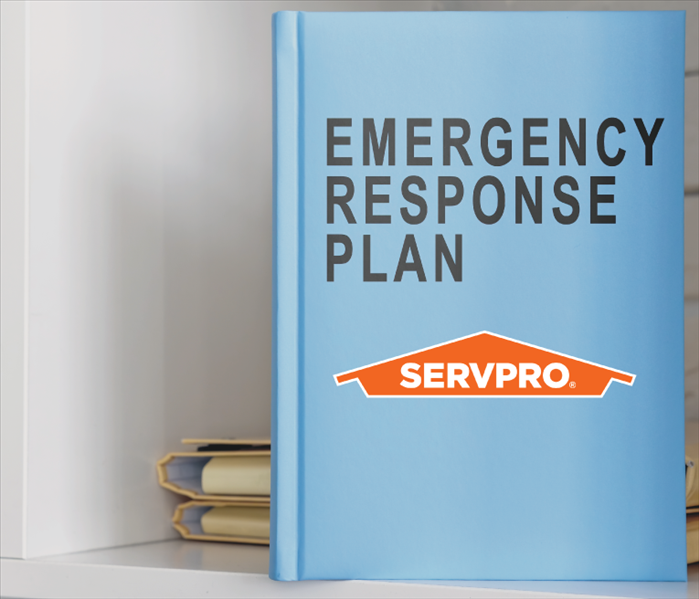4 Steps To Emergency Preparedness For Any Disaster
12/20/2022 (Permalink)
4 Steps To Emergency Preparedness For Any Disaster
When disaster strikes, the last thing you want to do is scramble to come up with a plan. In this article, we'll show you how to create an emergency plan so that when disaster strikes, you can be prepared.
Every building needs an emergency plan in case of disaster.
Emergency preparedness plans are essential for every building, from homes to businesses. Unfortunately, many people do not have an emergency plan and find themselves scrambling in a disaster situation. If you are looking for ways to prepare yourself or your family or employees for any disaster, we have five steps you can take to ensure that everyone is safe during a crisis.
You’ve already done the first step, which was to make sure your building has a disaster plan in place. Now it's time to create an emergency plan for your facility that includes all of the different types of emergencies you may face. This will help you prepare for any situation and keep everyone on your staff safe from harm.
1. Know your risks
Before you can prepare for an emergency, you need to know your risks. Your risk assessment should include:
- Identifying the risks to your building and occupants
- Listing the risks in order of importance (the most severe being first)
- Identifying vulnerabilities that could affect you and identifying ways to mitigate them
2. Build a team
It is important to have a team assist you in putting together an Emergency Response Plan. If you have ever tried to do anything alone, you know it can be a challenge. The same is true for emergency preparedness. No single person has the time, knowledge or skills to respond effectively to all disasters. By building a team of friends, family, or employees you can cover each others' weaknesses and strengths, making for a more effective team overall.
The best way to do this is by creating a team made up of different people who have specific skills and expertise—for example:
- First responder
- Security personnel
- Facilities manager/supervisor(s)
3. Make critical information quickly accessible
When a natural disaster or emergency strikes, communication is crucial for keeping your employees informed, safe and on board with your business recovery plan. When an event happens that impacts your business, let people know where to turn for answers. A critical part of being informed is finding out exactly what information you should be looking for and where to find it. If a company has a crisis plan, make sure that everyone knows where it is placed in the office.
4. Test the plan
Testing your plan is essential for making sure it works. There are many ways to do this, but the most important thing is to make sure you test with real people and real equipment. You can't rely on a Google search or YouTube video to tell you if your plan will work in an emergency situation. Having regular emergency drills with your employees will give you a chance to test your plan as well as give your employees the opportunity to learn the plan first-hand.
Now that you’ve got the basics down, it’s time to put your plan into action. Remember that this is a living document, so be sure to test it regularly and add new information as needed. Also remember that this isn’t just about making sure you have an emergency kit—it’s about being prepared for whatever comes your way!






 24/7 Emergency Service
24/7 Emergency Service
